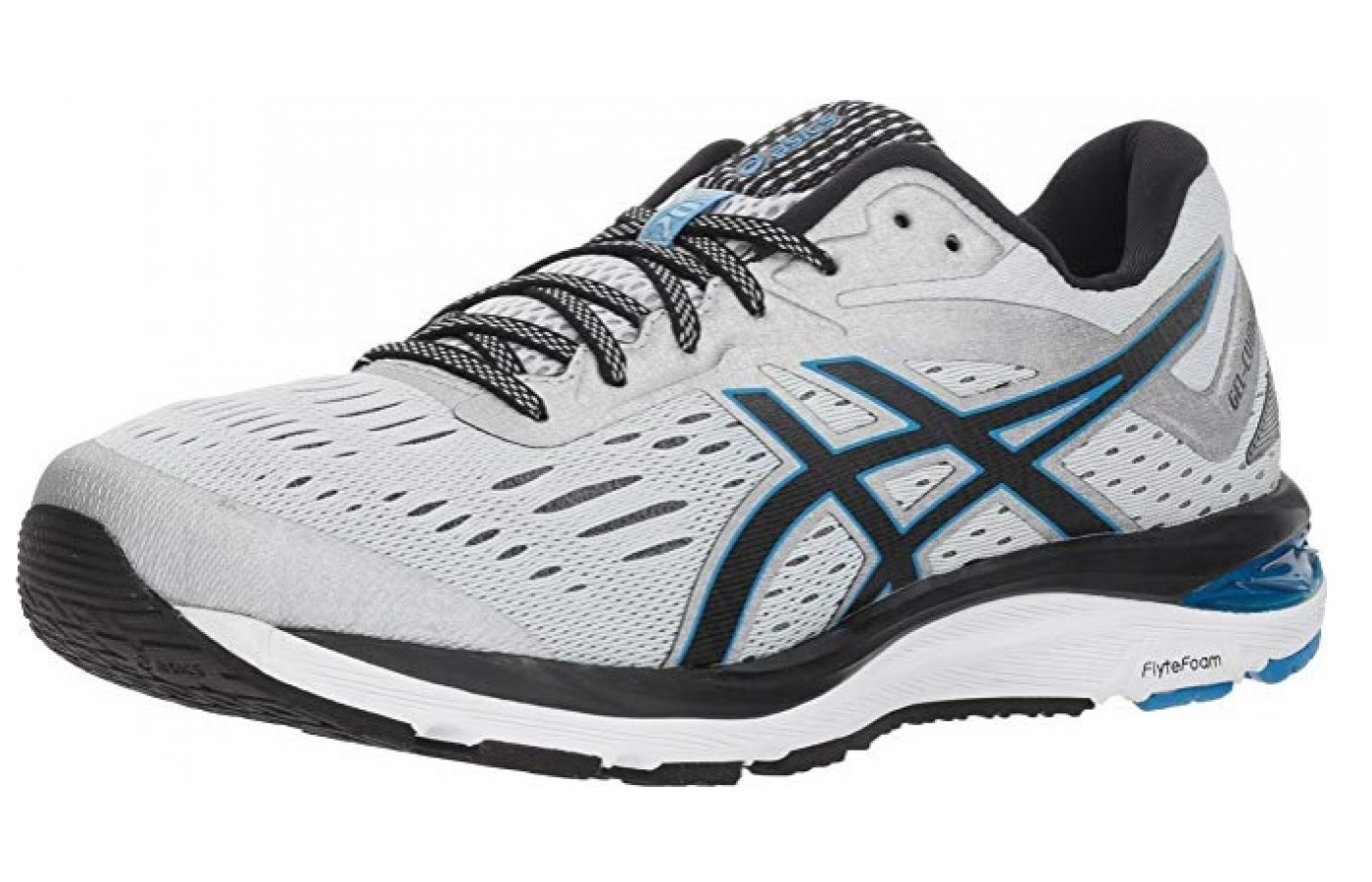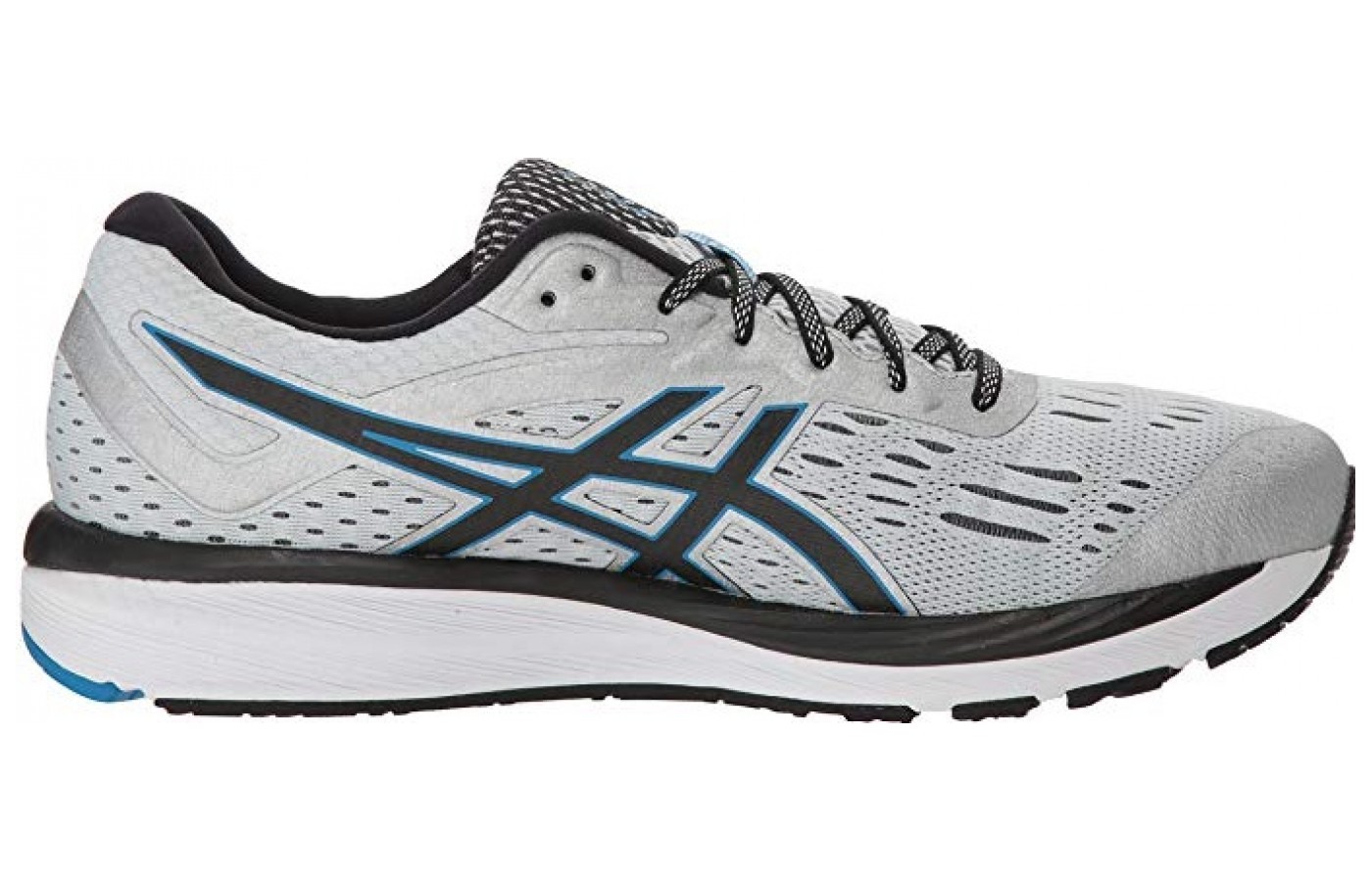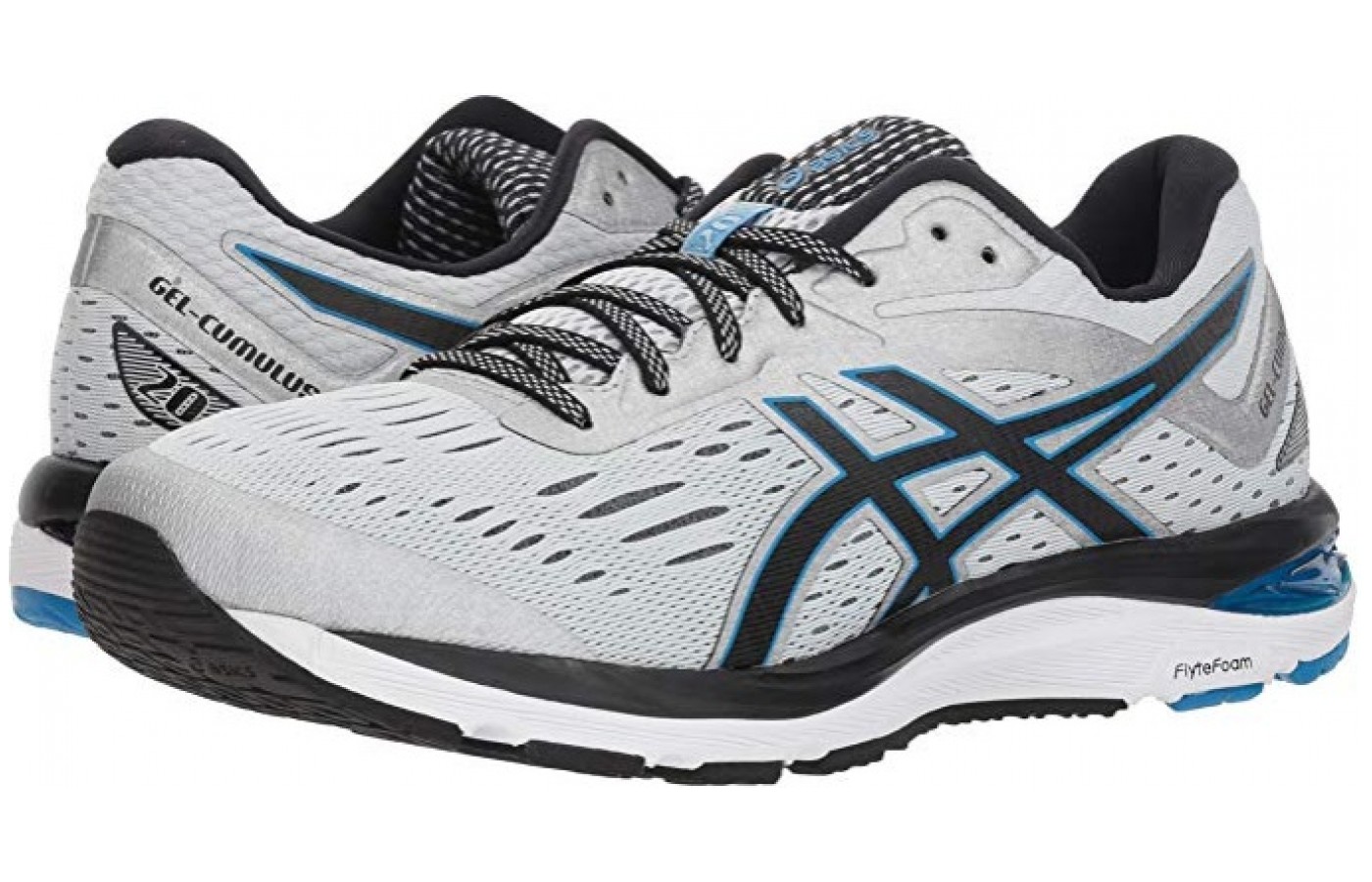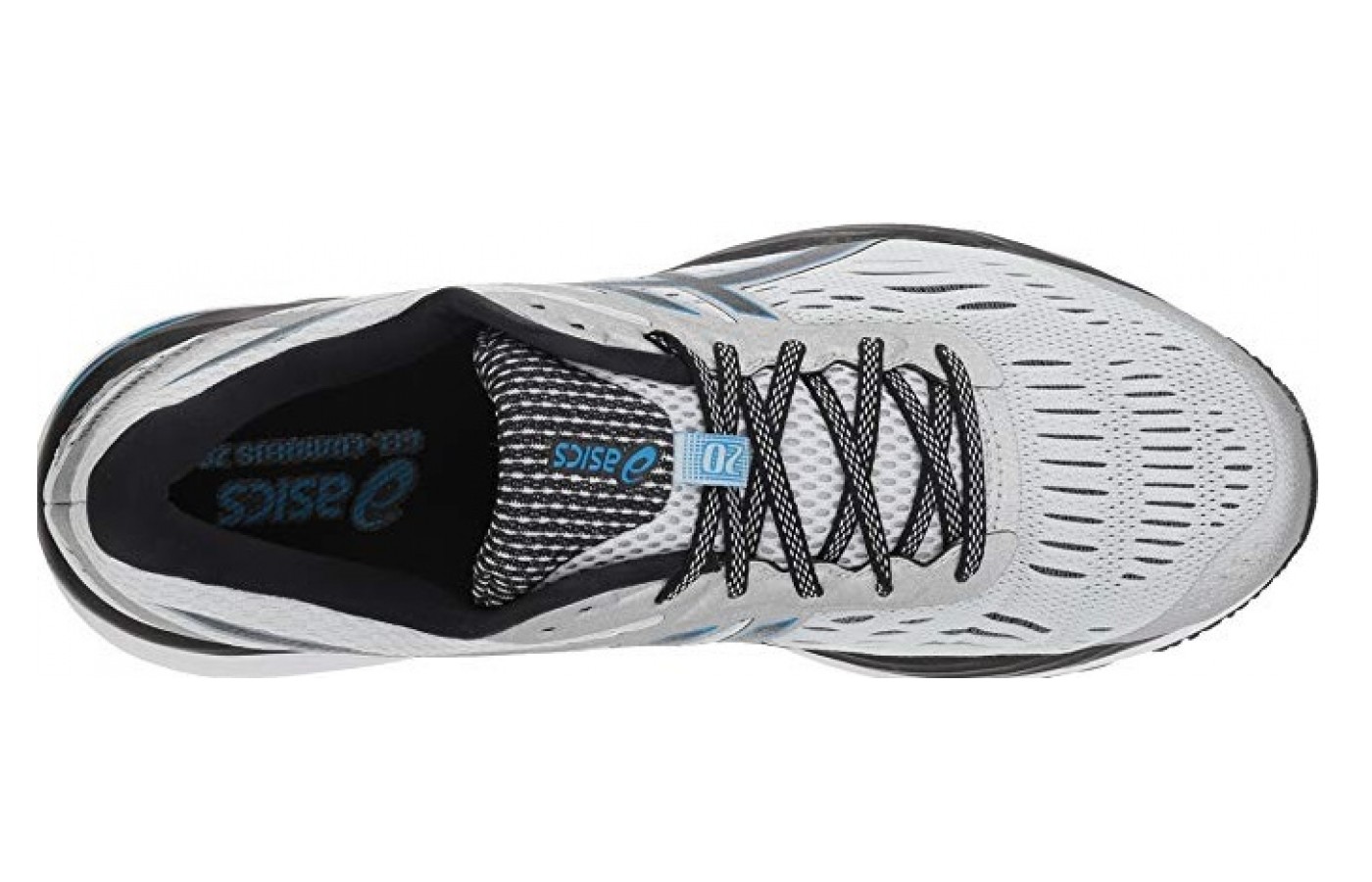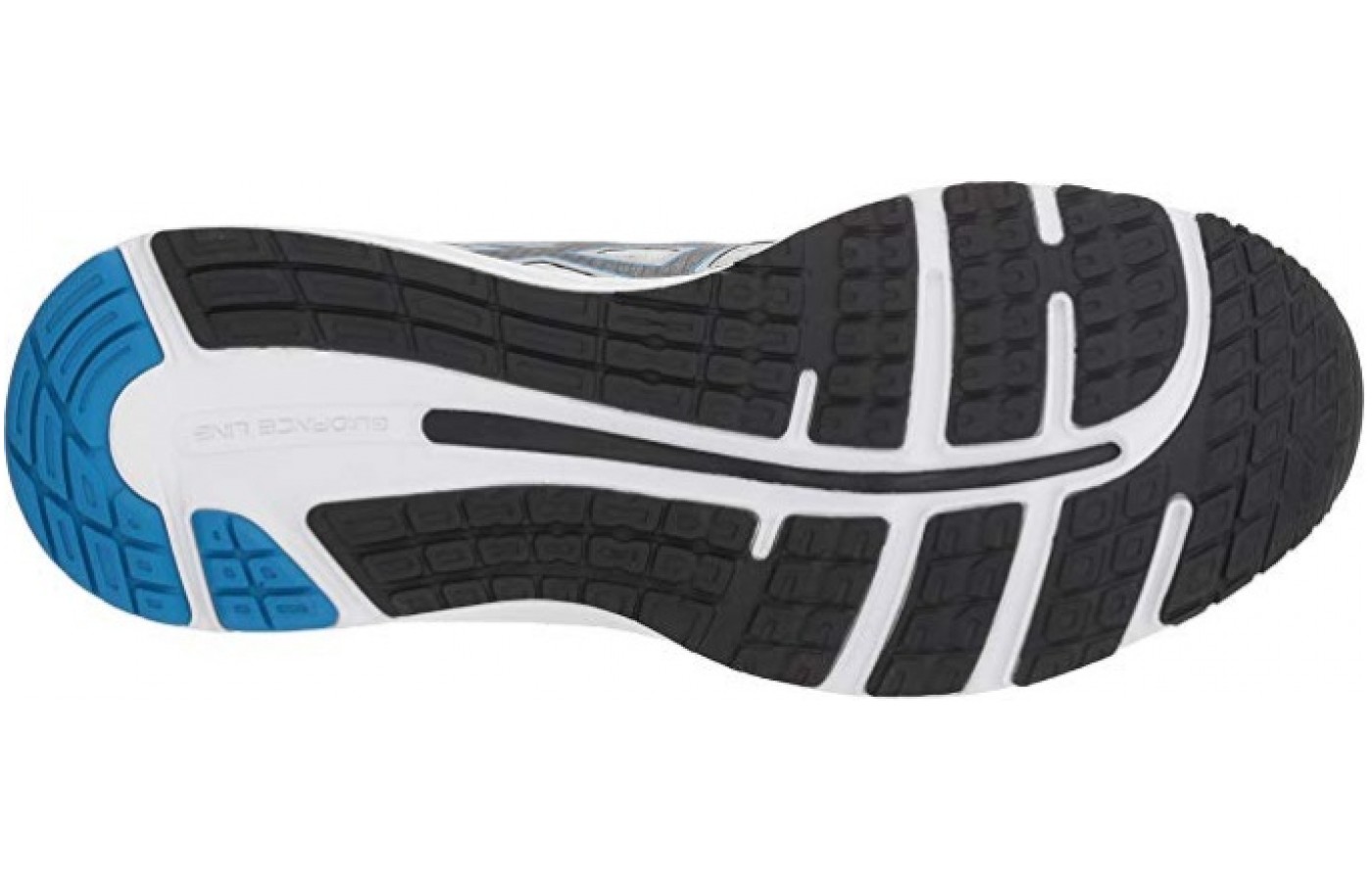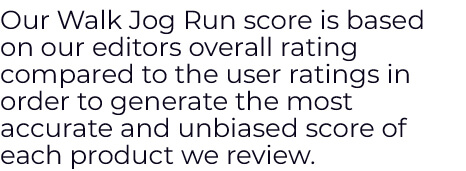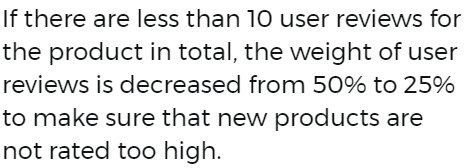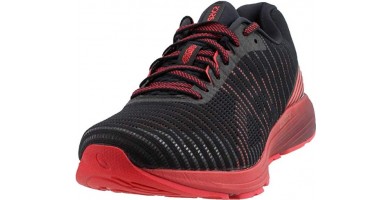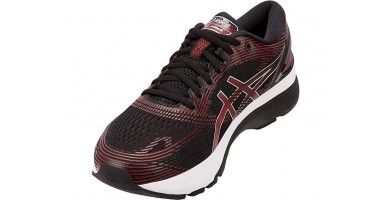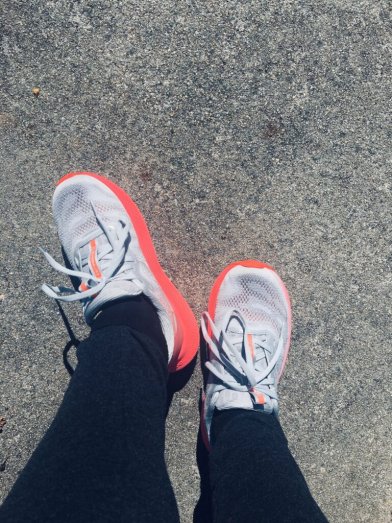What happens when we have a pronation type that isn't exactly neutral but it is, also, not completely diagnosed as an underpronator, either? How do we shop for this? Most of us, sadly enough, will compromise and either buy a neutral running shoe or one that handles underpronation (supination). After that, we will find an insert to help make up the difference. But wouldn't the world be grand if someone made footwear just for us? The grass might seem a bit greener; the sky a little bluer. Haha, we might even break out into a song or two and dance the night away! Well, maybe not, but it does propose an amazing idea. Believe it or not, the company ASICS does create footwear for all pronation types; including those of us that fall into the middle of one side or the other, so to speak. Below, we are going to take a closer look at the ASICS Gel-Cumulus 20. This pair builds around those having an under, neutral pronation type. We fancy the notion of a company that works hard to bring products to everyone. And as much as we do love this ideology, we must, first, consider the product's usefulness and worthiness. So, enough talk; let's check it out!
Aesthetics
The Jacquard, mesh upper is edgy in appearance. The long cuts intermingling with their smaller companions give us a sense of easy strides through our run. Now, they combine this look with the highlighting narrative of complimentary colors in the outsole and midsole. Together, the coloring scheme is reminiscent of a fine paint job only given to the finest of vehicles. We can easily imagine this picturesque artwork at play in a sports car or other adventurous endeavor. This brings modernization to a whole new level, but moreover, it is done with tasteful zeal. These aesthetics work well and are not boring. The overall appearance allows us to open up the wardrobe choices. Jeans for walking or Asics shorts for running, either way, both will look good with this pair.
Airflow
ASICS, usually, deploys the Ortholite X-40 Sockliner to increase the flowing of air. With this pair, however, they did not utilize the X-40 series. And although the Ortholite sockliner does provide moisture management, it isn't rated for high-performance airflow. With that being stated, we haven't exactly lost the precious
cooling factor, either. The Jacquard, mesh upper provides an abundance of airflow. The perforated cutting provides air at key points. But at the end of the day, the bottom of the foot will feel a bit hotter than wearing an ASICS product utilizing the X-40 series. This is a case where the company raises the bar, and now, the bar isn't met. It isn't a turnoff, but it
definitely grabs our attention.
Comfort
With the
ASICS Gel-Nimbus 20, we found that the midsole was way too rigid. It causes pain and is a regrettable design. That model is the neutral version of the Gel-Cumulus 20. When we first approached this pair, one of the first things we did was to take a look at the midsole. After all, those with under, neutral pronation types are generally people with neutral pronation having high arches. So, it only makes sense that ASICS would deploy the same type of midsole as they did with their neutral counterpart. Unfortunately, we did find that the midsole is, indeed, the same. And as can be expected, people do experience pain from the rigidity levels. However, for the most part, after the break-in period passes, these do
not cause the same pain levels as the neutral version does. In fact, our findings show that comfort increases after the break-in period. In addition, the rigidity is not as intense as it is with the other model. Moreover, this is a perfect level of comfort for those who prefer a bit more sturdiness versus an all-out spongy feel. So, yes, these are more rigid than previous versions of the Gel-Cumulus series. But at the end of the day, after the break-in period passes, the rigidity seems more of an enhancement, rather than a culprit to high pain levels.
Drop
This pair builds around a 10-millimeter drop. This is the low side of the higher end of heel-to-toe drops we find in running shoes. In layman's terms, this 10-millimeter HTT (heel-to-toe) drop is specific in promoting heel striking. This makes this product an ideal candidate for jogging, road running, and quick-walking. These are not
for sprinters, as the very design is counterproductive for running with a midfoot or forefoot strike. Remember, the closer to a
zero-drop item you get, the closer to the forefoot the feet will strike during a runner's gait cycle. So, basically, everyone who is
not utilizing this pair as a means for sprinting can, indeed, enjoy the benefits of this 10-millimeter drop.
Fit
When we compare this model to earlier versions of the Gel-Cumulus series, we find that this pair increases in midfoot width and the toe box is expanded. Now, with that being said, those with wide feet may still struggle to find a pair that is absolutely perfect, even after choosing a wide variant of the item. This is because the toe box is still not what it should be, in terms of wide feet. If however, you have normal to narrow feet, the fit is way better than the earlier styles of this model. The toe box is, indeed, more accommodating and the midfoot hugs without squeezing. In this, ASICS did up the ante for this model. And for that, they receive high marks, as a result.
Flexibility
Flexibility is present and the AHAR (ASICS High-Abrasion Rubber) outsole contributes to this, as does the mesh upper. Upon closer examination, we can see the flex-groove cuts within the outsole. They are both lateral and linear. This promotes both flexibility and the follow-through within the gait cycle. With the Jacquard, mesh upper, flexibility is at an all-time high. The thickness factor is low and the perforations serve to add within the flexibility attribute. With the previous accounted for, we did find that these will not hit the ultimate in flexibility, as compared to others within this same genre. The culprit behind this problem, we find, is in the midsole. It is more rigid than others on the market. As such, the midsole is the reason this pair loses the potential of what it could be. At the end of the day, however, the flexibility factor is agreeable for running. So, although it is minimized by the restriction of the midsole, it isn't overly so.
Grip & Heel
The AHAR (ASICS High-Abrasion Rubber) outsole is known well among runners. It grabs and releases well, with little-to-no traction failure, ever. Only after the outsole wears down to an unsafe smooth surfacing, do we see any failure. And, frankly, that is an obvious expectation. The grip is perfect for treadmills, road running, and quick-walking through mall-like environments. As for the heel (and forefoot), we receive the ASICS Gel technology. It helps to attenuate shock during the gait cycle and, therefore, reduces the impact of each stride taken. Performance-wise, the grip and heel excel in expectation and do exactly what we desire them to do. Just be aware that there is a break-in period which associates with this product. As such, blistering may occur prior to this. So, we recommend taking the time to break these in properly before extended outings with your running routine. Your feet will be happy you did.
Model
As being part of the Gel-Cumulus series, we compared the 20 to earlier versions. As for the overall fit, we find that this pair is more friendly, in terms of the midfoot and toe box area. Both accommodate much better. The toe box is wider; albeit, it is not great for wide feet, and the midfoot hugs nicely. Aesthetically speaking, this model pops with a modern feel and has some artistic qualities, as well. The gel technologies in the forefoot and rearfoot work well, as they should. And the flexibility isn't too bad, either. Also, the design does compliment a person with an under, neutral pronation type. In fact, the only place where we find a step backward is in the FluidRide midsole. It is stiffer than previous versions. So, for those who are accustomed to the spongy feel of earlier versions, they will be disappointed. But for people who prefer that in-between place of spongy and rigidity, this item hits the mark. And because the rigidity does not cause unusual amounts of pain after the break-in period, we leave the choice up to you. In this case, it really is about preference.
Price
When we compare this item to others in the genre, we find that the price is not bad at all. After considering all of the technologies present, this product actually seems like a good deal. For those who love ASICS, this pair passes the bar, if you are looking for a feel which has some firmness intermingling with sponginess. But for those who prefer that all-out spongy feel, you will not find that with these. Furthermore, the overall longevity is okay and the performance sits high. These do have a decent amount of energy return and absorb shock adequately. The breathability factor is decent, as is the flexibility attribute. Component-wise, we find that this pair is more than sufficient for runners and the overall structuring remains solid. As such, ASICS receives a thumb's up for the pricing.
Support
This product has a blueprint which centrally focuses around those with under, neutral pronation types. Anyone not having this type might find that these will cause undue pain, as the very design is so specific. For example, if you read a review of someone who loved the feel of the Kayano series but absolutely hated this model, it isn't the fault of the footwear. The Kayano series is made specific to overpronation types and this is not. Understanding your pronation type is a paramount and absolute must. Without knowing your type, you cannot even begin to shop for the correct products. The simplest way to find out is to visit your local sportswear store. Most retailers have a means for checking your pronation type. If there is no store near you, then you can always visit your doctor to find out. Either way, you need to know your pronation prior to purchasing footwear, especially footwear which gears to a specific set, such as this pair. When it is all said and done, this model does give ample support for the pronation type in which it is intended.
Bottom Line
After careful consideration and examination, thereof, we find this product to meet our expectations. When applied to the correct pronation type, there is a general consensus of enjoyment with this product. Furthermore, people don't seem to mind the added rigidity when compared to earlier versions of the same model. The biggest complaints come from those who wear other models in the ASICS running shoe genre. But upon closer evaluation, most are comparing this model to other models which are of another pronation type. Of course, these will hurt if they are not of your pronation type. They should. Otherwise, they would not be doing their job for those who need them. After bearing in mind all of the qualities, components, and pricing, we determine this item to be a good buy. So, if you are an under, neutral pronator, then you might give these a whirl. The support is there, with performance right along with it.





